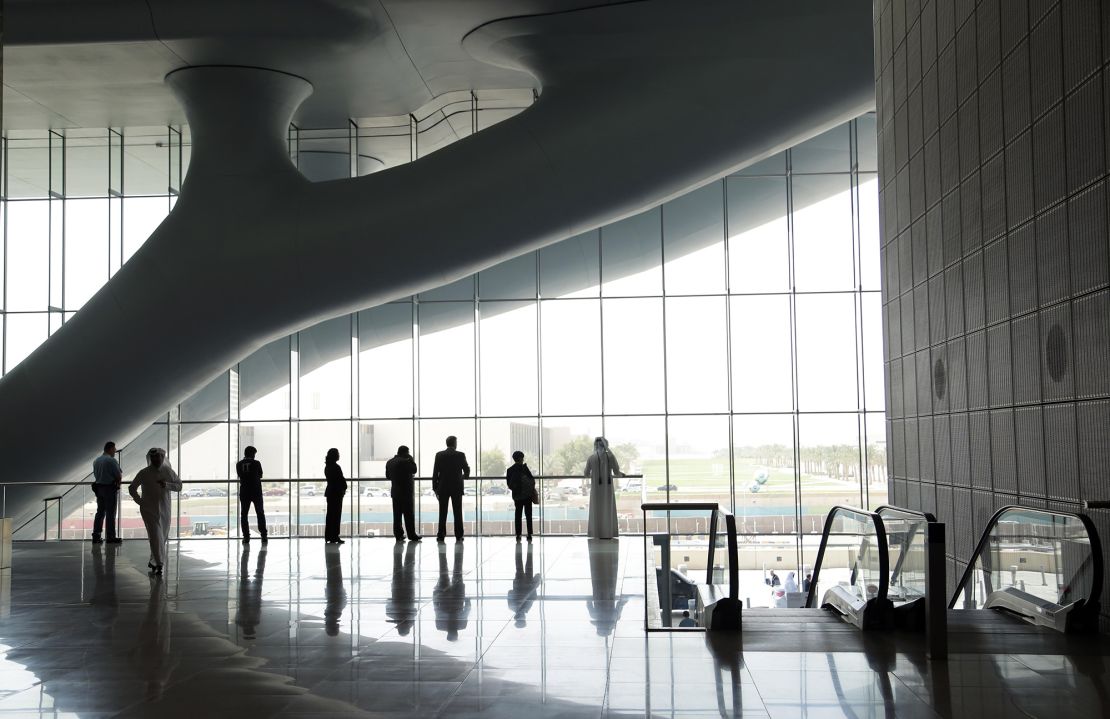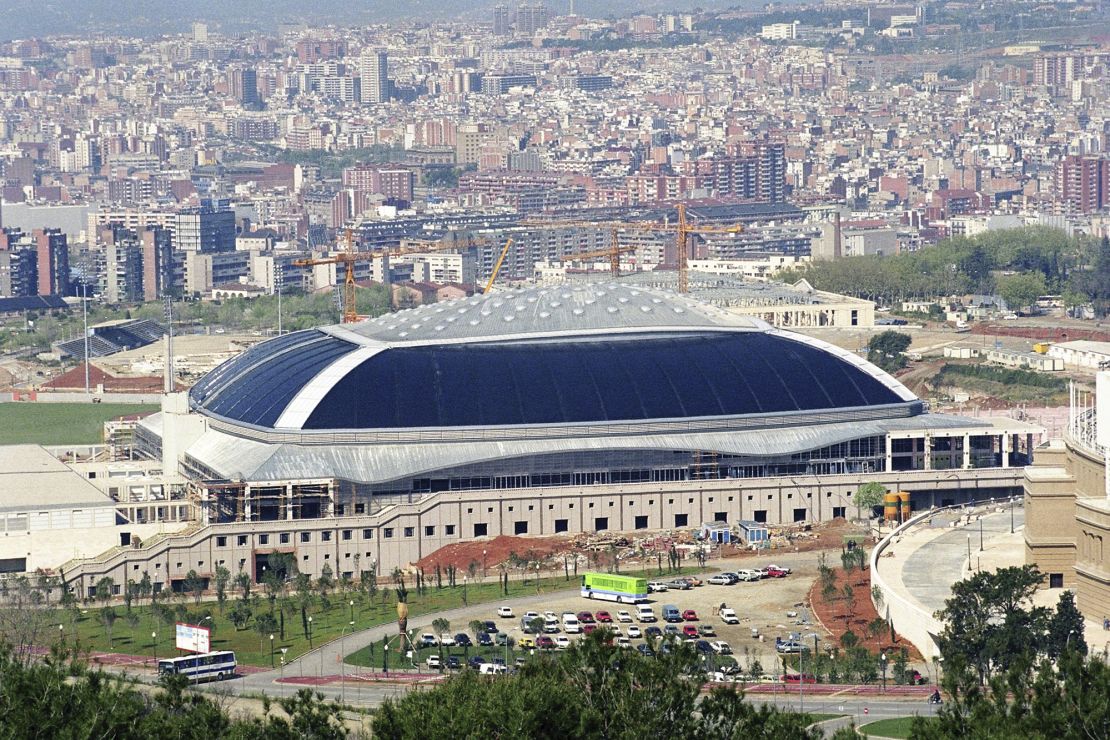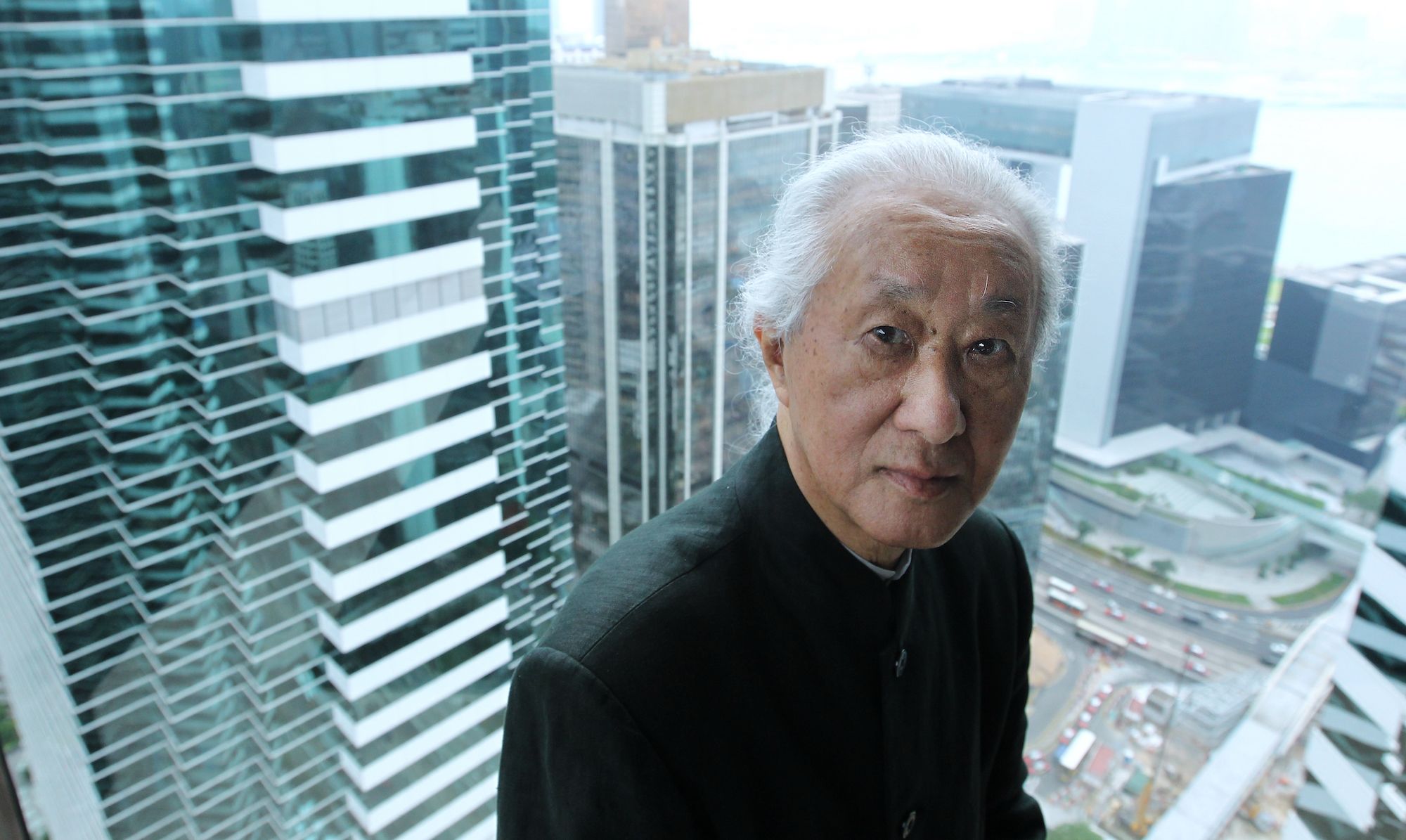Pritzker-prize winning architect Arata Isozaki has died at the age of 91, according to his longtime partner Misa Shin. He passed away due to natural causes on Wednesday at his home in Naha, in Japan’s Okinawa prefecture. In a statement from his office, Arata Isozaki and Associates, Shin said that a private funeral service would be held with only close relatives present.
As one of the first Japanese architects to work globally, his prolific career spanned more than six decades, with over 100 completed buildings erected in Asia, Europe, North America, the Middle East and Australia. The bold, helical Art Tower Mito in Japan, the Sidra tree-inspired Qatar National Convention Center in Doha and the Palau Saint Jordi arena, created for the 1992 Olympic Games in Barcelona, are among his best-known works.

Isozaki was born in Oita, Japan in 1931. The bombings of Hiroshima and Nagasaki during World War II had a profound impact on the then teenager — seeing the devastation of such cities would fuel his interest in architecture, and he would pursue a degree in the field at the University of Tokyo in 1954.
“(My) first experience of architecture was the void of architecture,” he said when he won the Pritzker, “and I began to consider how people might rebuild their homes and cities.”
He would apprentice for his former professor, the renowned architect and 1987 Pritzker laureate Kenzo Tange, before setting up his own office, Arata Isozaki & Associates, in 1963, during a time when Japan was actively rebuilding post-war.
“In order to find the most appropriate way to solve these problems, I could not dwell upon a single style,” he is quoted as saying on the Pritzker Prize website, of his architectural approach in Japan during the early years of his career. “Change became constant. Paradoxically, this came to be my own style.”

In 2019, Isozaki became the seventh Asian architect to win the Prizker Prize, or the industry’s “Nobel,” in a ten-year period. The jury pointed to the architect’s first international commission, the Museum of Contemporary Art in Los Angeles, as particularly noteworthy.
“Though controversial and geographically challenging, the red Indian sandstone building was resolved by Isozaki’s eloquent awareness of scale through an assemblage of volumes, while employing the golden ratio and yin yang theory throughout, evoking the complementary nature of Western and Eastern relationships,” read the prize statement.
Among many accolades, he was also awarded the prestigious RIBA gold medal for architecture in 1986 and the Leone d’Oro at the Venice Architecture Biennale in 1996.



